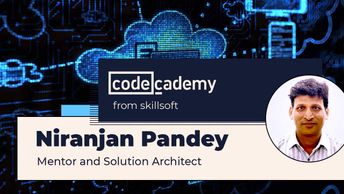CloudOps architects need to explain how their often complex, multi-cloud deployment solutions work to a wide variety of audiences - not an easy feat, but one you'll learn to overcome in this course.
You'll start by defining the concept of interpretability and explainability in CloudOps. You'll then outline how to build explainability into a CloudOps workflow, investigating the core explainability principles and benefits along the way.
You'll examine the explainability decision tree used to derive a value stream from an existing CloudOps implementation, the algorithms used to explain CloudOps practices, and the governance strategy for deploying explainable cloud applications in multi-cloud environments.
You'll examine the challenges and opportunities of explainable AI in CloudOps and identify the key applied intelligence features to derive AIOps solutions. You'll end this course by creating a basic explainability workflow using New Relic.
| Objectives |
|---|
Explainability for Cloud Deployments: Applying Explainability in CloudOps
|


